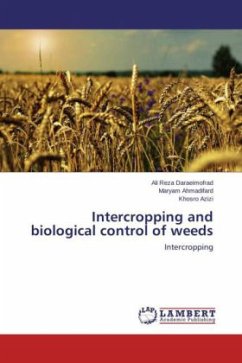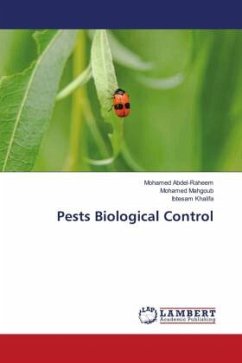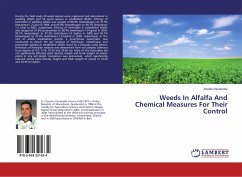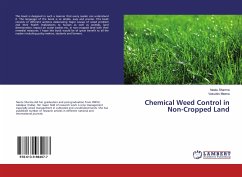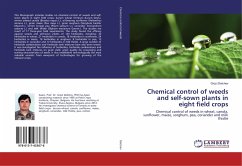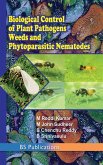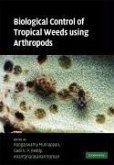This experiment was conducted in college of agriculture, lorestan university, and khorram abad Iran, to study effect of barley (Hordeum vulgare L.) intercropping and sole cropping with narbon vetch (Vicia narbonesis L.) on dynamic of weeds population in year crop 2006 2007. There were 5 levels of seed contribution, sole cropping of narbon vetch, 75% narbon vetch + 25% barley, 50% narbon vetch + 50% barley, 25% narbon vetch + 75% barley and barley sole cropping and 2 levels of weeds: controlled and interference. This experiment was conducted by in rows replacement series technique in the form of factorial in RCBD with 3 replications. Results showed that interaction of weed levels and intercropping levels was significant and the lowest number of weeds and weight of weeds occurred at 75% narbon vetch + 25% barley equal to (14.3 weeds/m2 and 6.76 g/m2) combination and the highest one occurred at barley sole cropping .
Bitte wählen Sie Ihr Anliegen aus.
Rechnungen
Retourenschein anfordern
Bestellstatus
Storno

